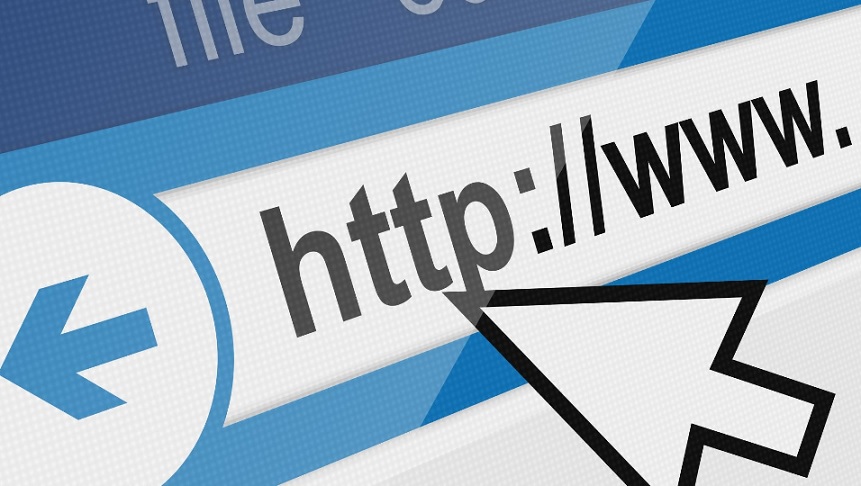In this digital era, having a website is nearly a basic need for any business. Moreover, it’s a good way of staying competitive with other businesses. By having a website, you create a digital platform where potential customers can interact with your business and make purchases. Do I need a website for my business? What does it take to build a website, and how should you go about it? We will focus on answering the two questions in today’s guide.
Do I Need a Website for My Business?
Yes, you do. With the growing digital space, running any business without a website is no longer feasible unless growth and more sales are not part of your goals. With a website, you are creating a digital presence and space where potential customers can interact with your business from anywhere and at any time.

We all rely on the internet whenever we want to check out a given product or service quickly. In most cases, the businesses that you find online are the ones you will likely consume what they offer.
A business that has a website saves on cost while increasing productivity. A well-designed and informative website will answer all questions customers may have. Besides, when you get reliable developers, they can add all the features to support your website, such as a chatbot, augmented reality, payment methods, a help center, etc.
If that sounds like something your business should attain, why not hire a JavaScript programmer to help you create your website?
How to Make a Business Website? Step-By-Step Guide
We’ve seen that having a website is essential for your business. Well, the next step is to create it, and there is a process you should follow. If you are unsure about creating the website, you can reach out to a hiring agency, such as JayDevs, for them to handle creating the website for you.
Ideally, your website should follow the steps below.
1. Determine the Purpose/Requirements
Whether you rely on your in-house team to create the website or outsource the skill, defining your goal is the first step. Here, you answer the question, what do I need to achieve with the website? Every project, including creating a website, starts by defining the requirements.
You must understand what your business hopes to achieve from the website, the customer expectations, what pages should be included in the website, what features you need, etc.
The website should creatively represent your business and have a friendly interface so visitors will quickly feel at home. You can involve the developer to help you define your requirements. You can develop a prototype and check whether it aligns with your business goals.
2. Choose a Domain Name
Once all the requirements have been clearly defined, the other crucial step is to define your website’s domain name. The domain name represents your website URL and is the one you will share on your socials.
You should focus on developing a brief, descriptive domain name that represents your business. Keep it simple, and you can include your business name as the domain for easy identification. Again, you must choose an available domain name and purchase through a domain registrar.
Research which domain registrars are reliable and convenient for your case, especially on the budget. Reputable domain registrars include Wix and GoDaddy. While at it, ensure you purchase a unique domain name to avoid copyright issues.
3. Choose a Web Hosting Platform
Every website must be hosted to be accessible via a URL. So, after settling on the domain name for your website, you also need to decide which hosting platform you will use to host your website once it is developed.
In some cases, the developer can create the website directly on the hosting platform, so it can be online while being developed. Such a case mainly works where the website is large and has many features that must be integrated with time.
When choosing a hosting platform, ensure it aligns with your budget. Again, check on the hosting size your website will get, the speed, the number of websites the hosting platform accommodates, etc.
That way, you will get a convenient hosting plan that you can pay monthly or yearly without straining.
4. Build Your Website
At this stage, you are now ready to start creating your website. When you have a skilled developer, they can use the requirements you defined at step one to create the website. The development of the website will depend on the developer.
In most cases, they will use a CMS tool and the available templates to develop your website while adding the required features quickly. Keep an eye on the development phases for the website to ensure you remain within the set duration.
Suppose you opted to use a hiring agency. They will handle hiring the developer to create your website. Once done, you can test it.
5. Test the Website
Once your website has been created, log in to the administrator dashboard and check if the website meets the objectives. Check if all your requirements are met. Also, test the website to see the various security measures added.
Still, visit the website as a client and check if the interface is easy to interact with and give feedback.
6. Publish the Website
Once you are okay with the website, give the green light for it to be officially published and made accessible via a URL. Remember, you are hosting it using the hosting platform and plan you selected in step 3. You can share the website’s link with your customers or on your social media platforms.
Conclusion
Creating a business website can be done in six simple steps. This post has elaborated on why a website is essential for your business and discussed the step-by-step guide you should follow when making your website.









































